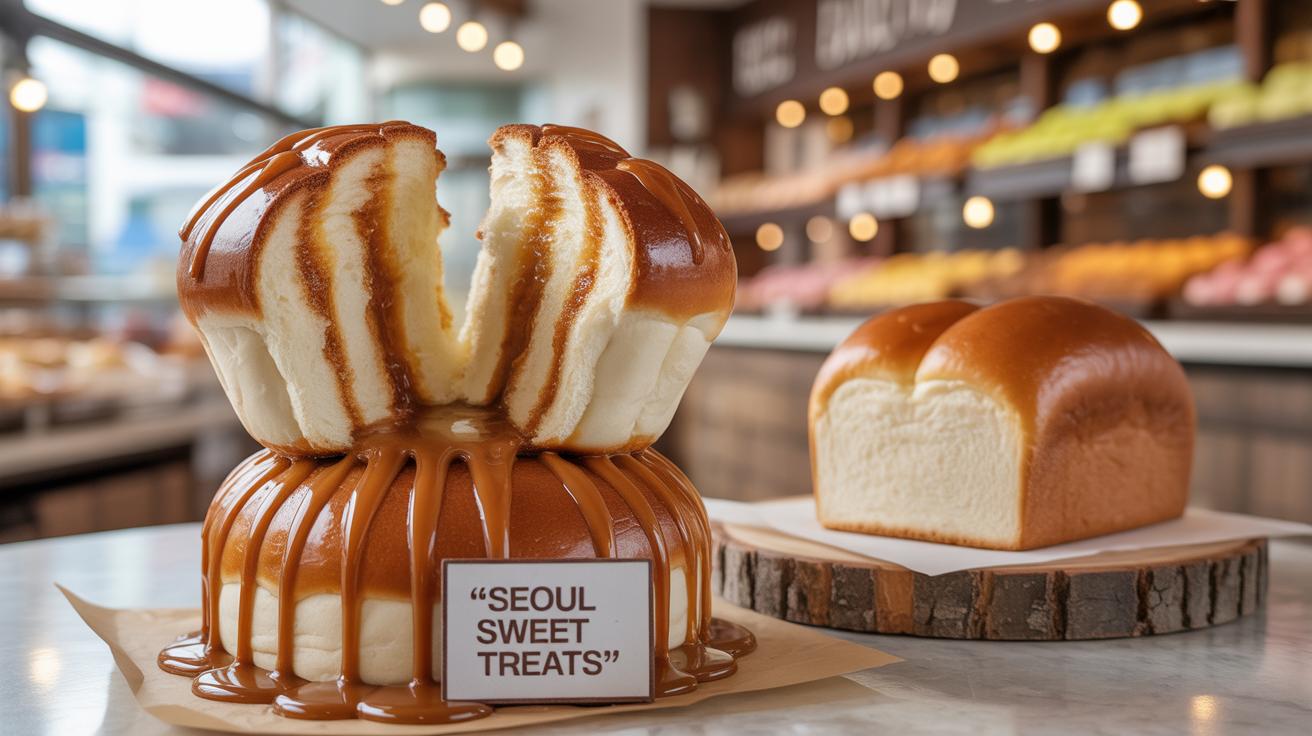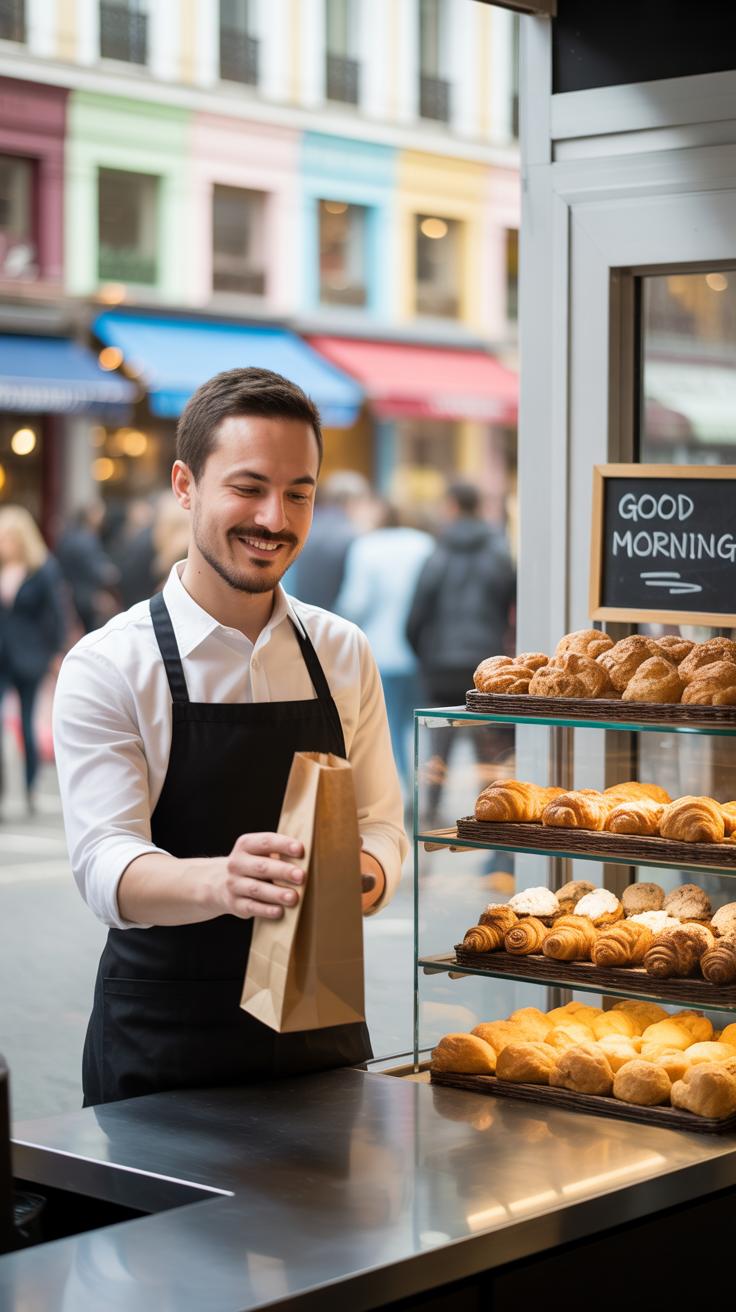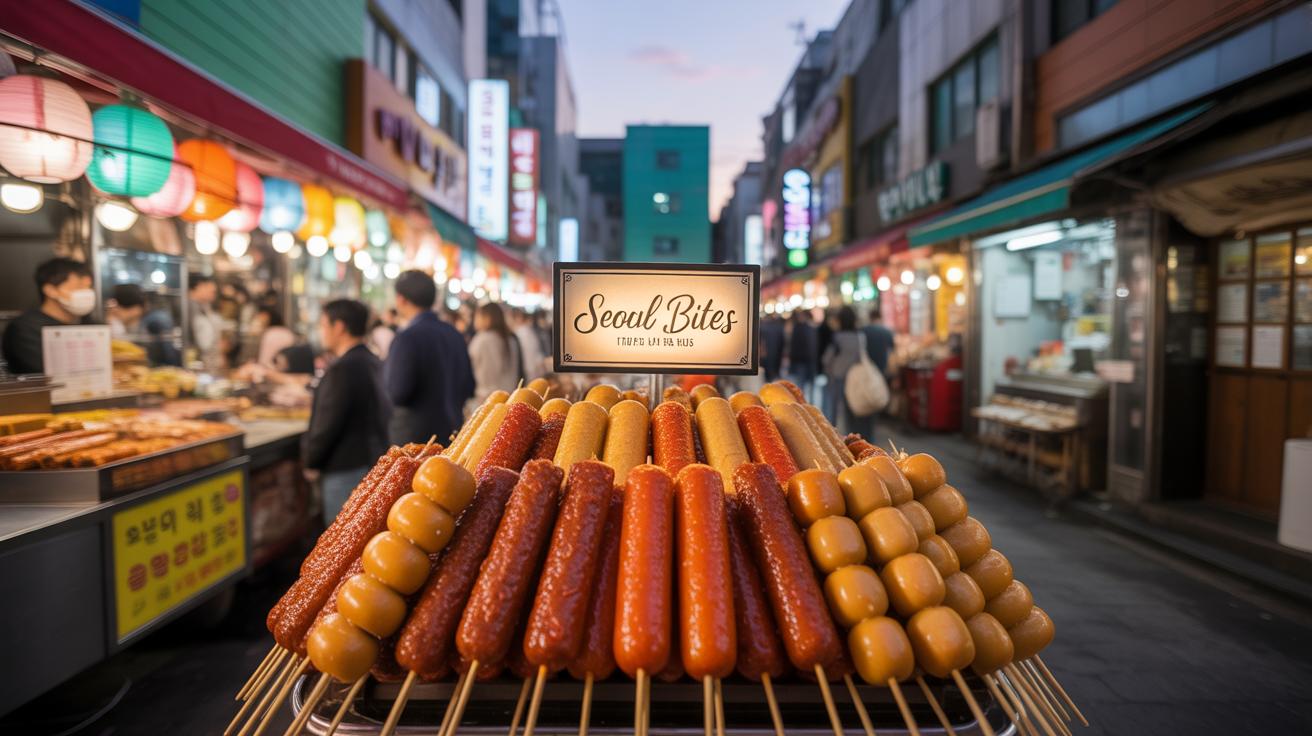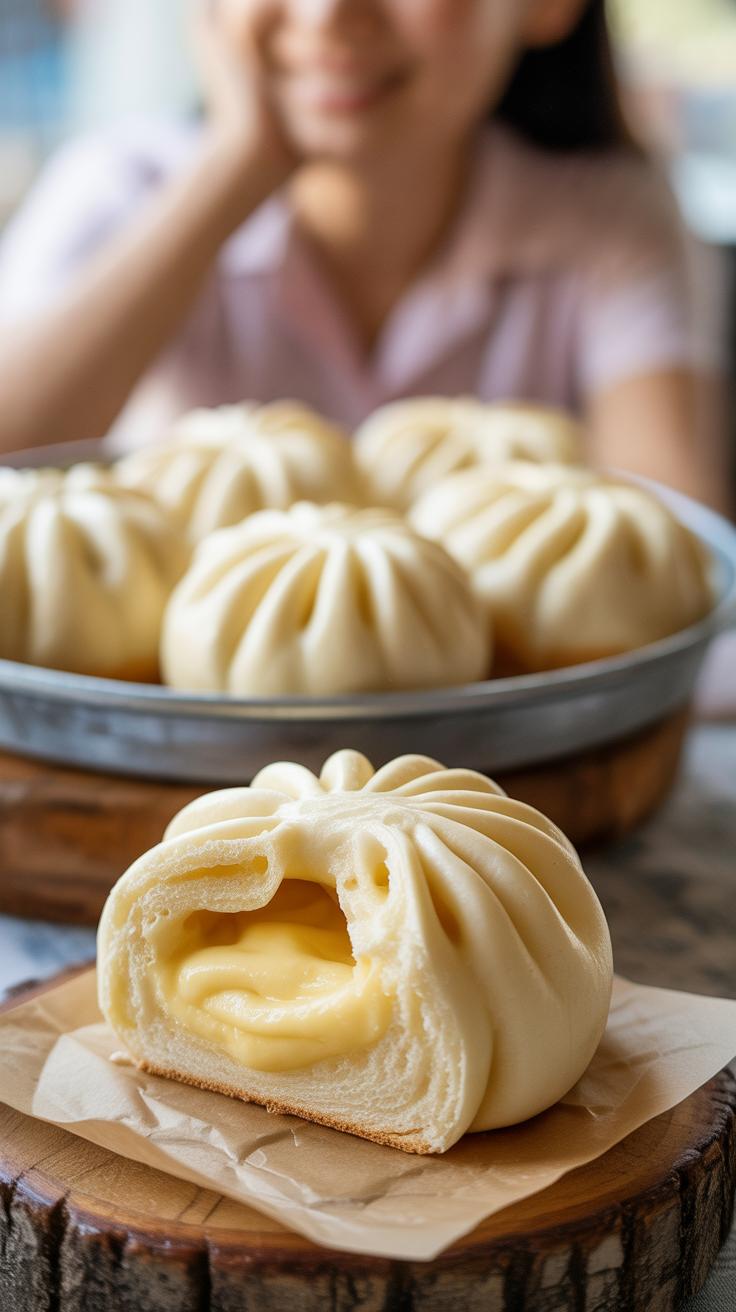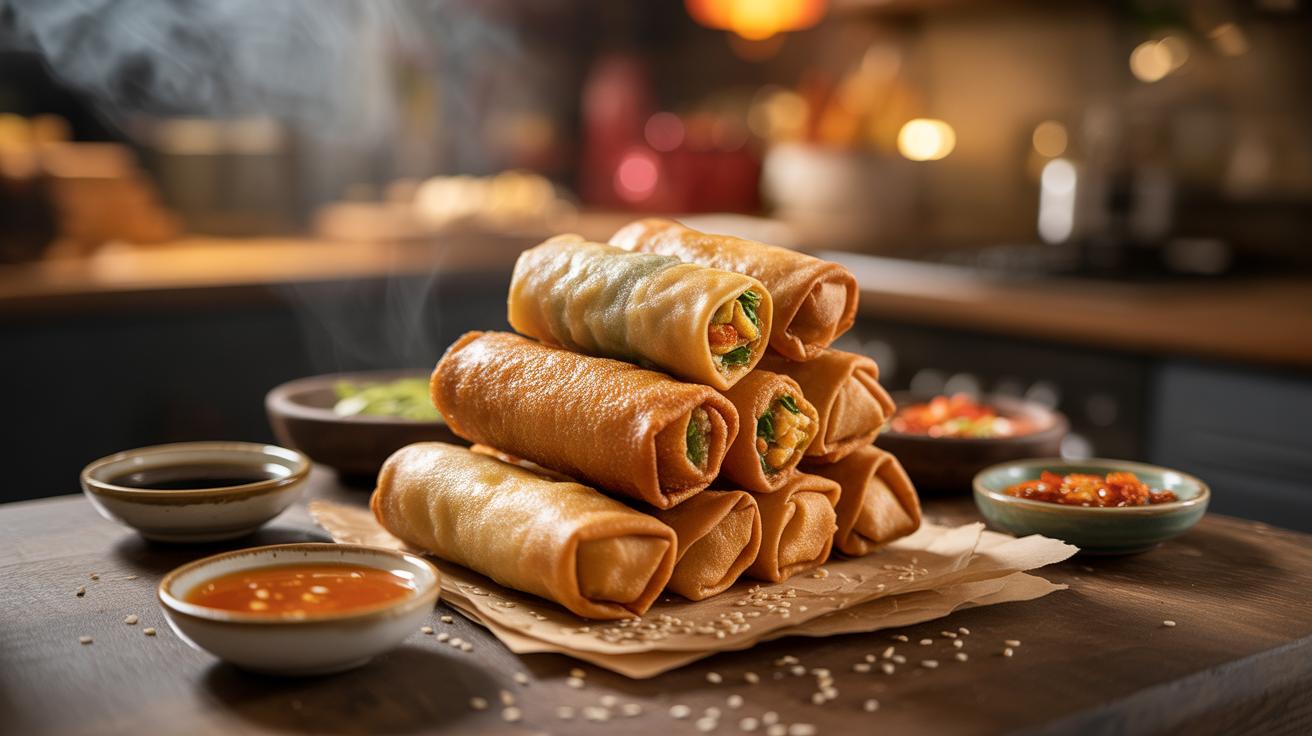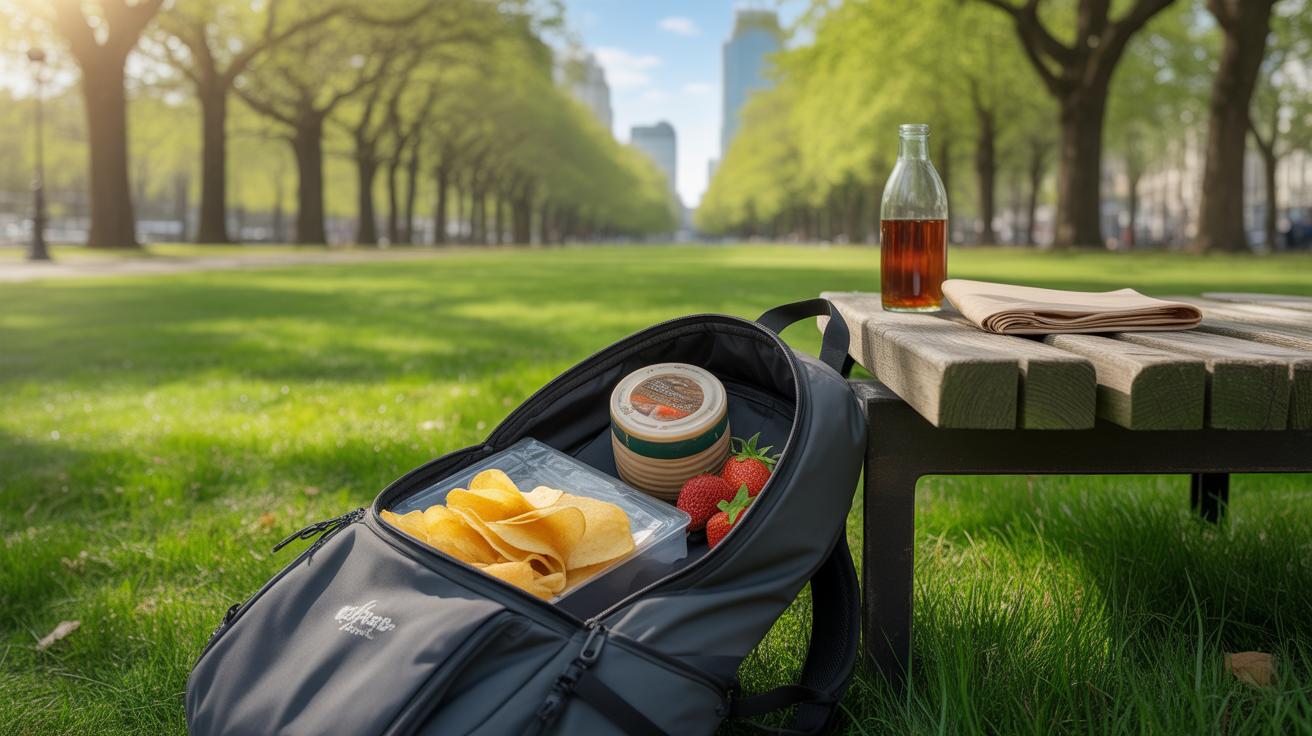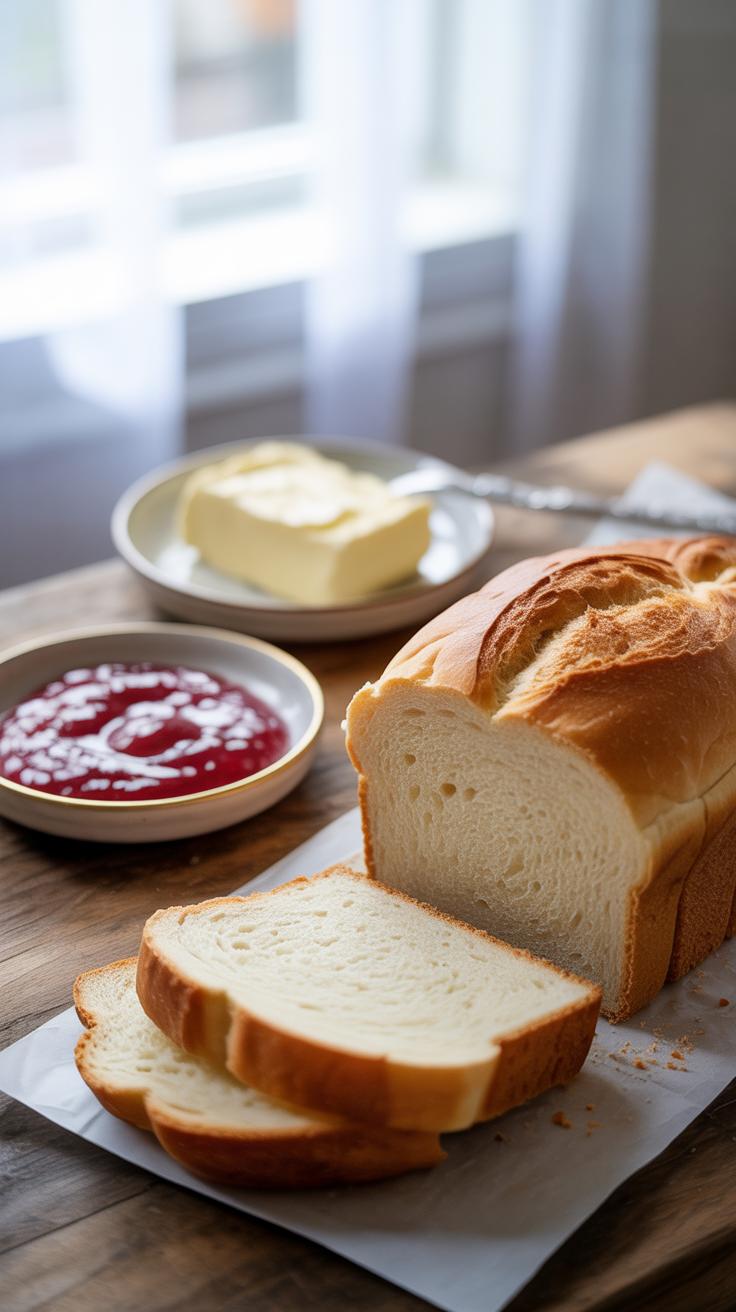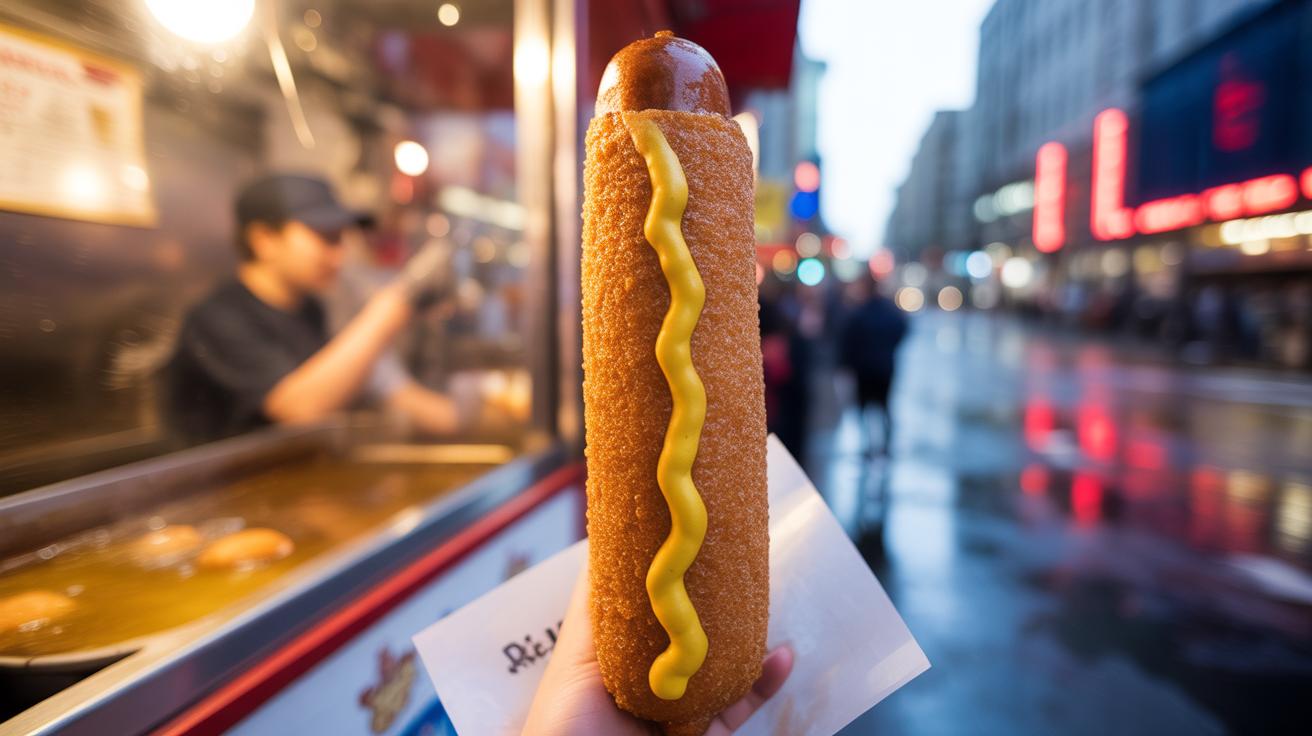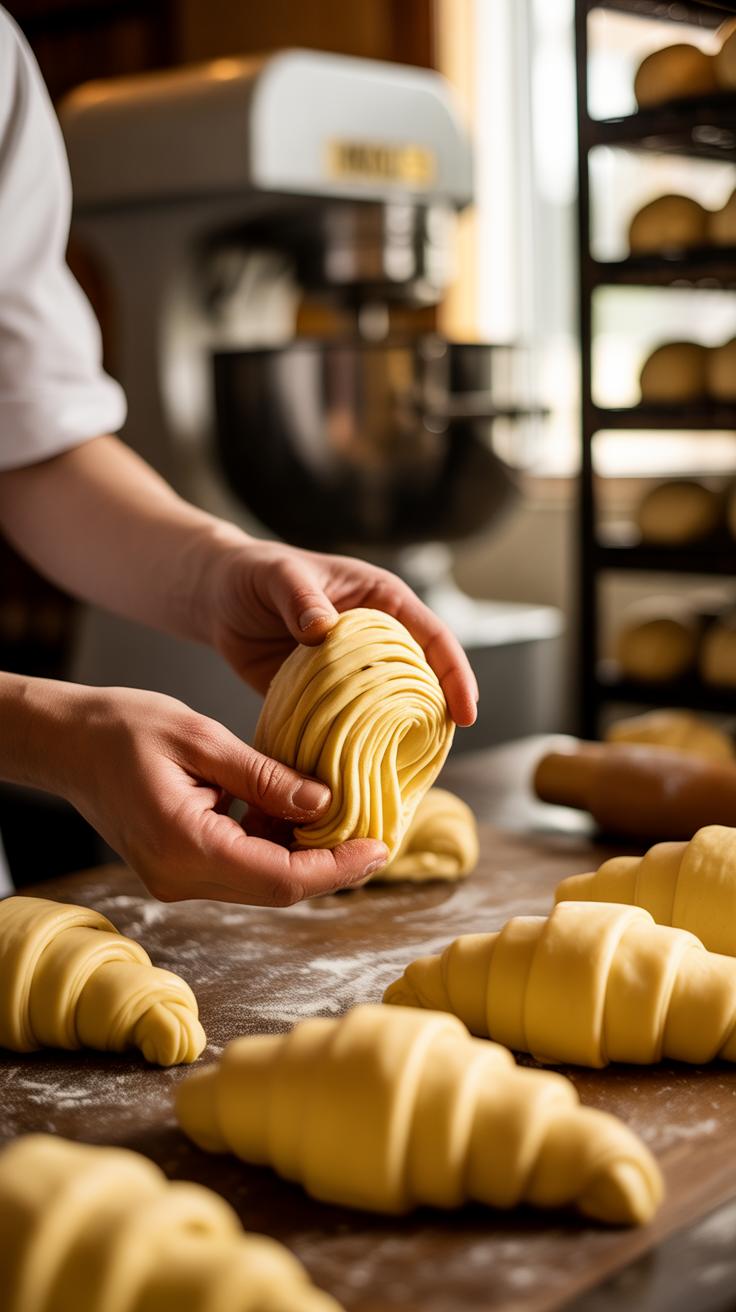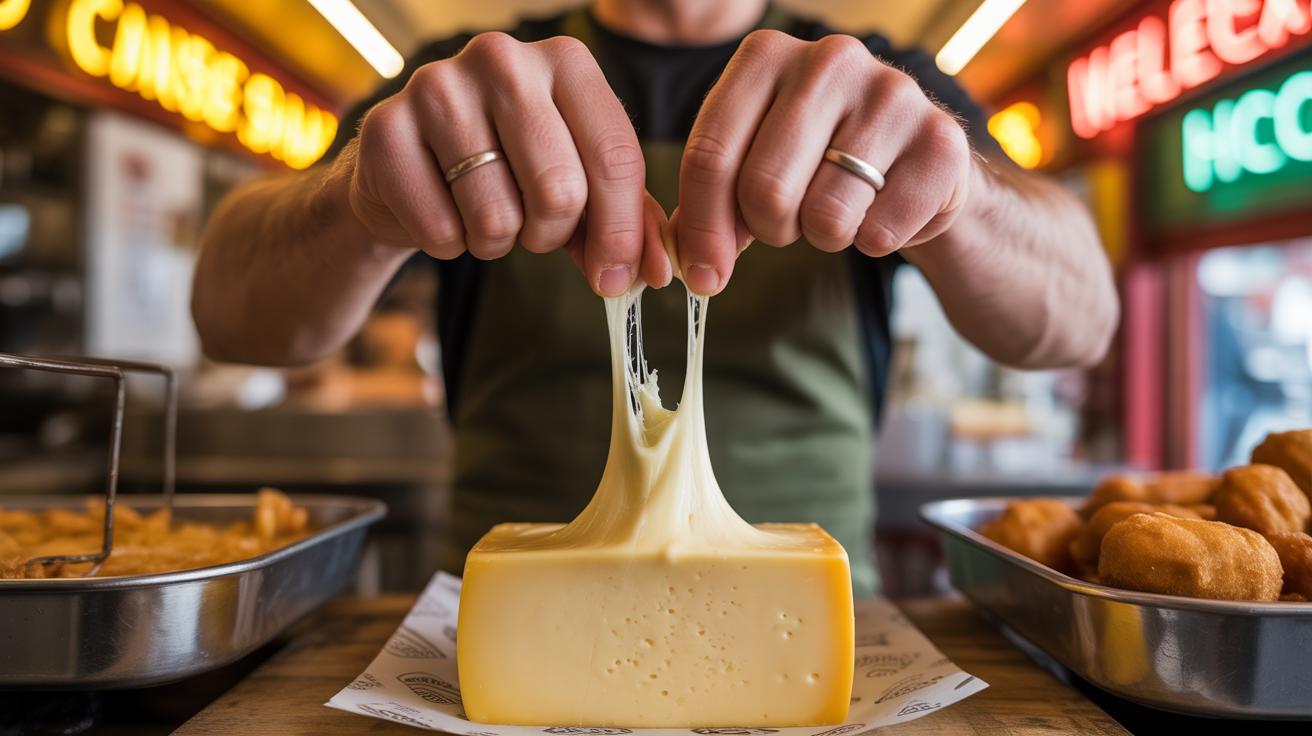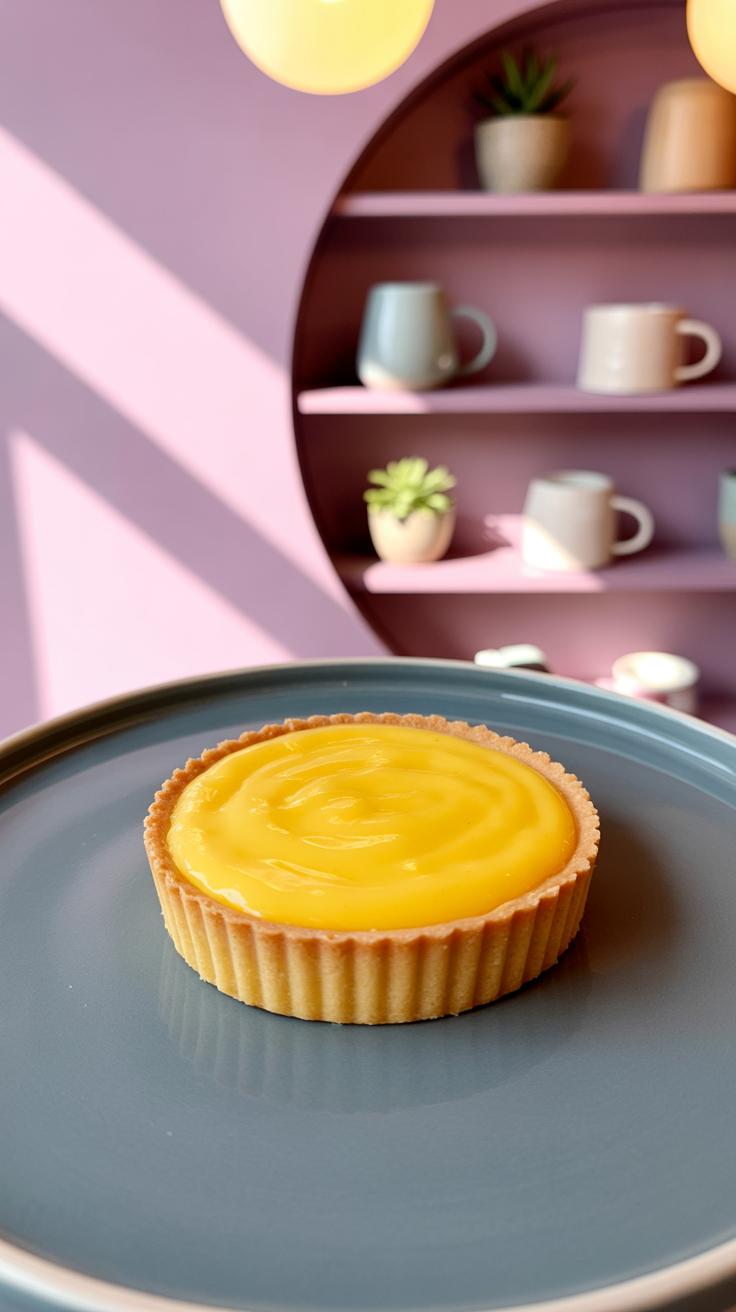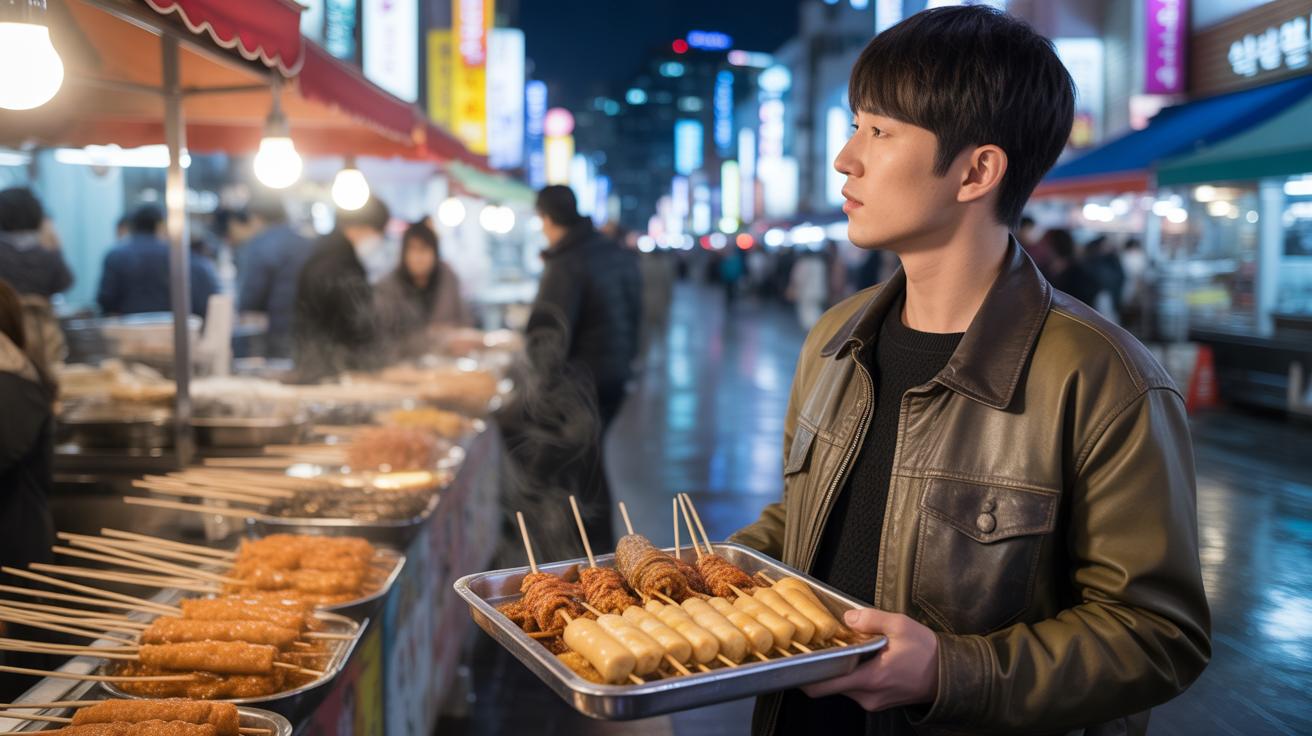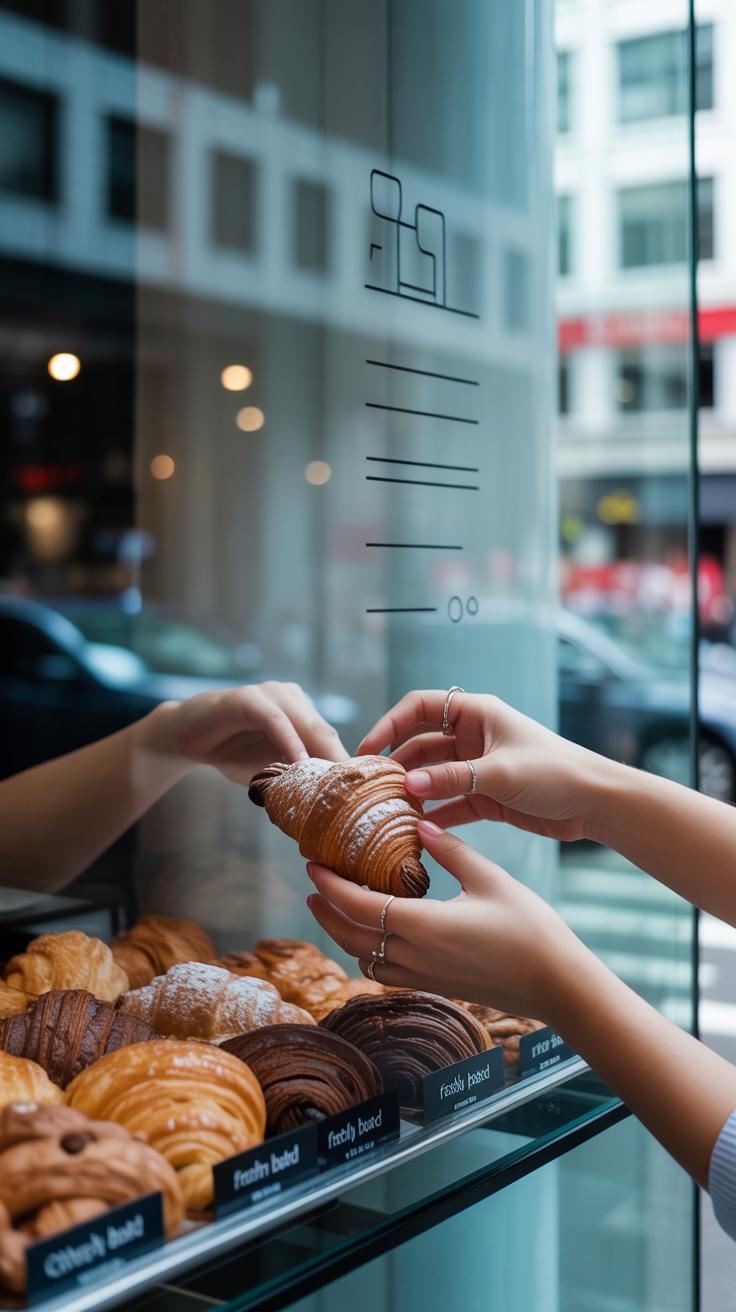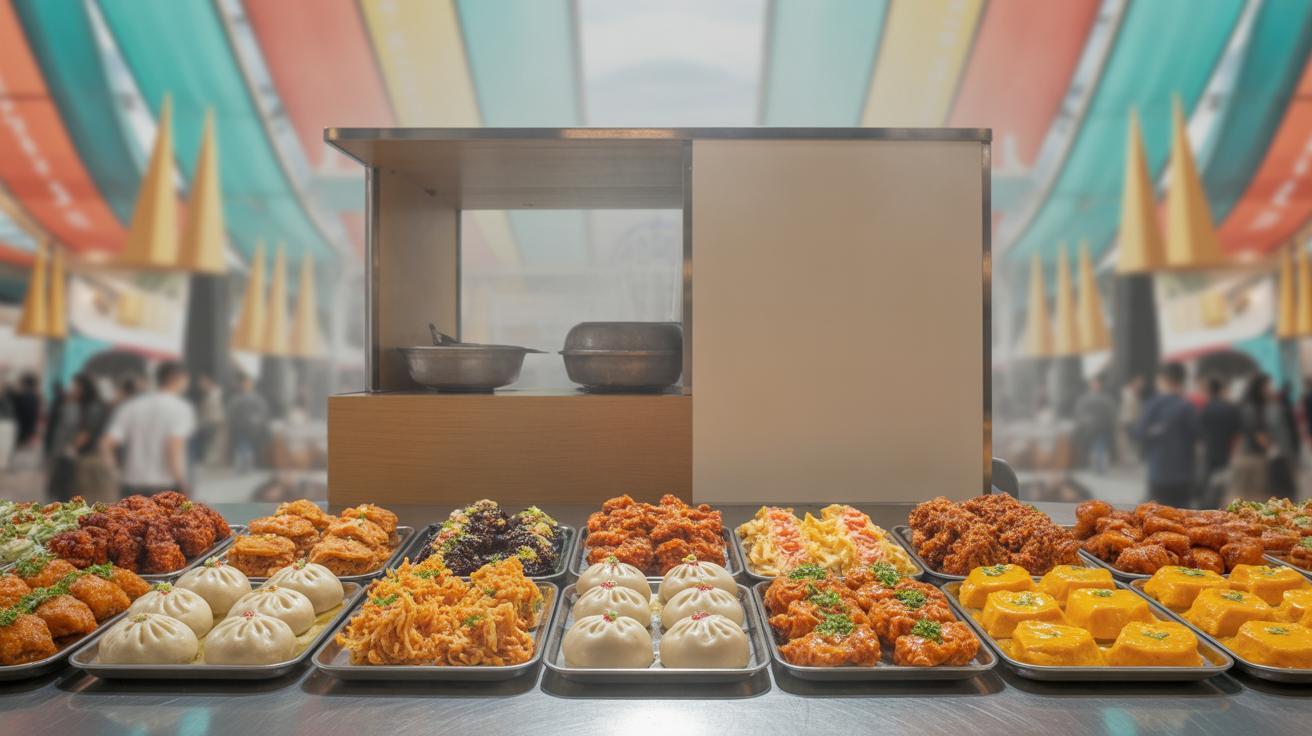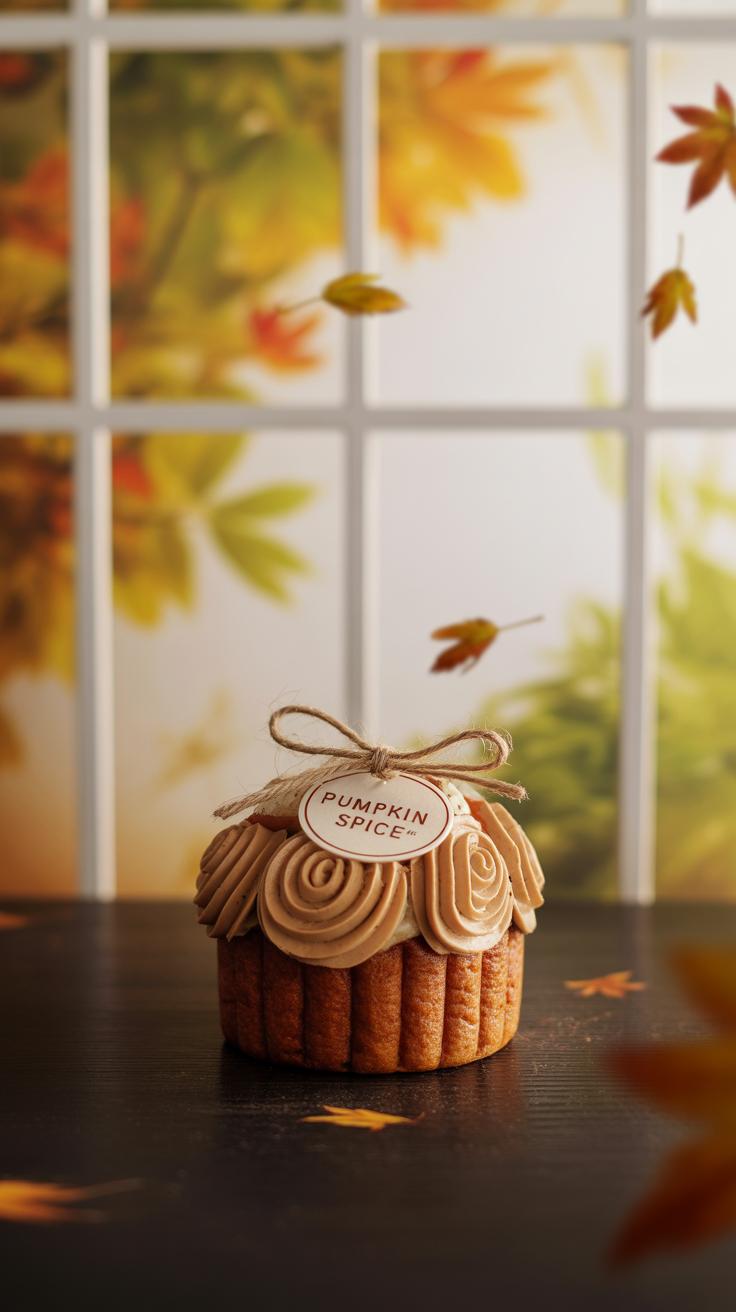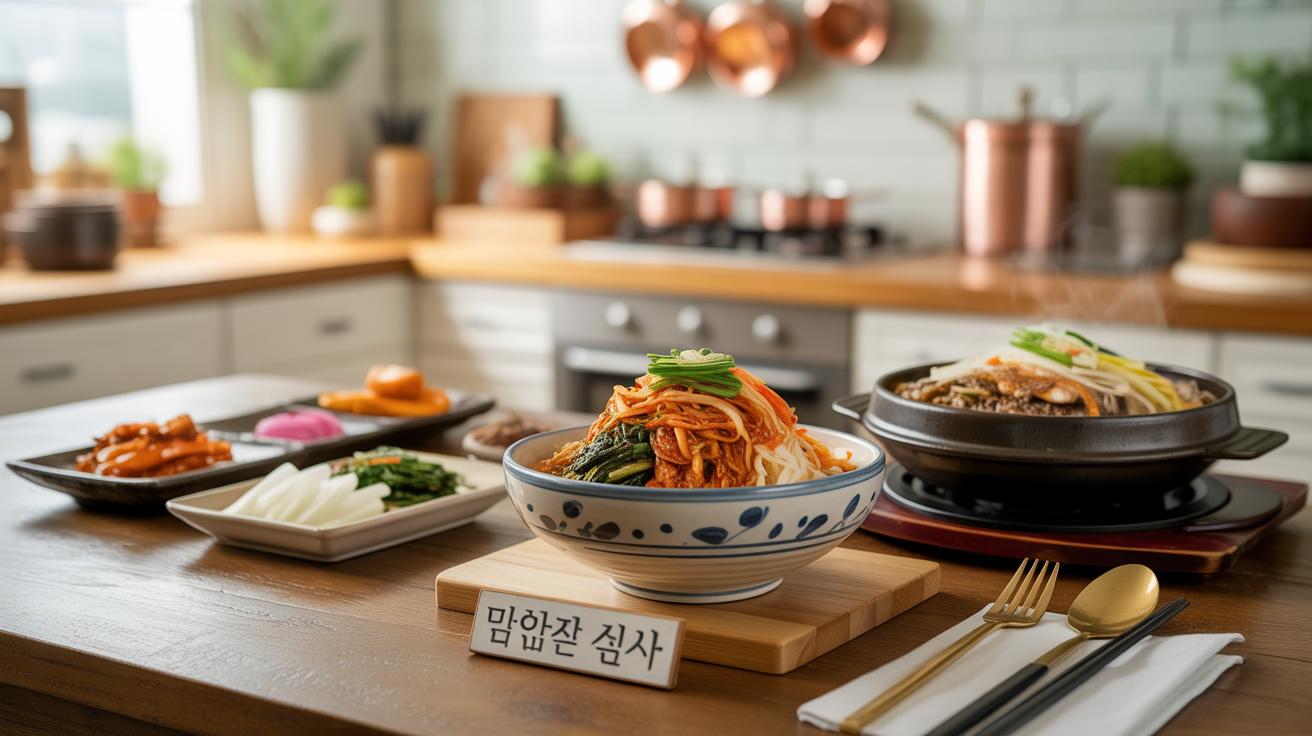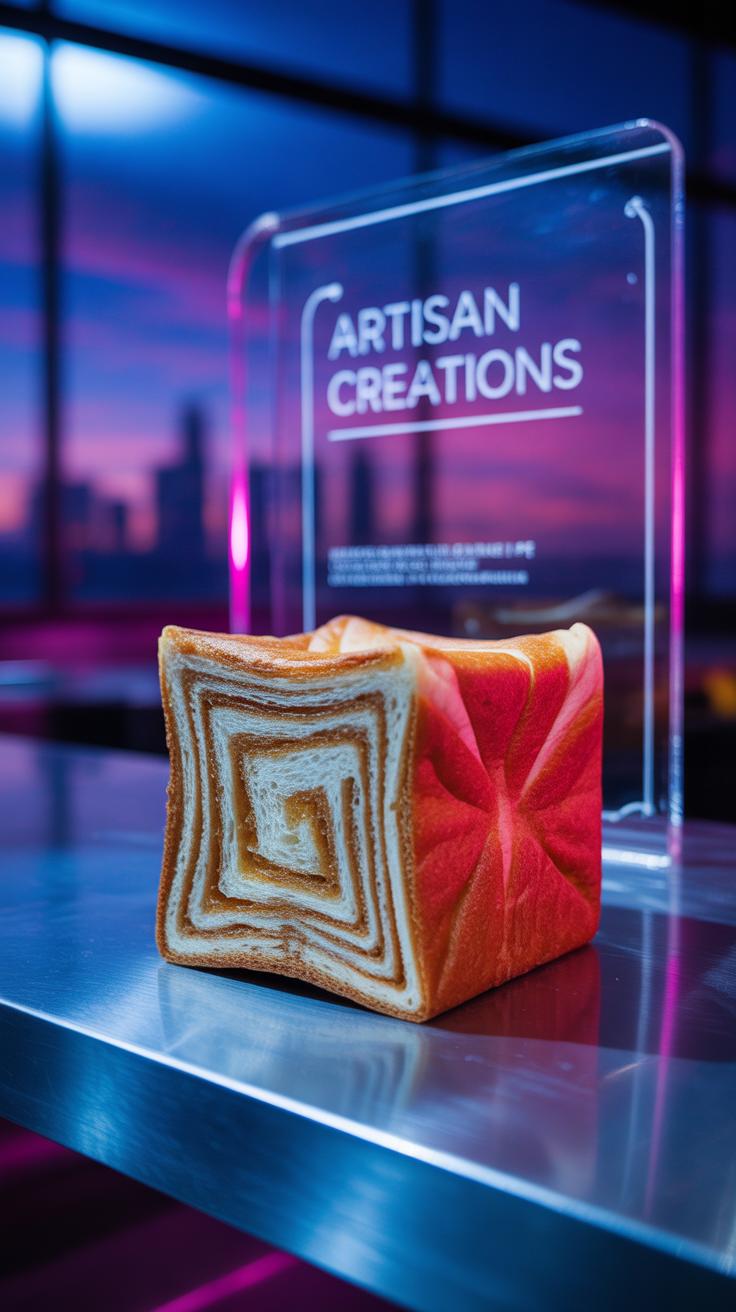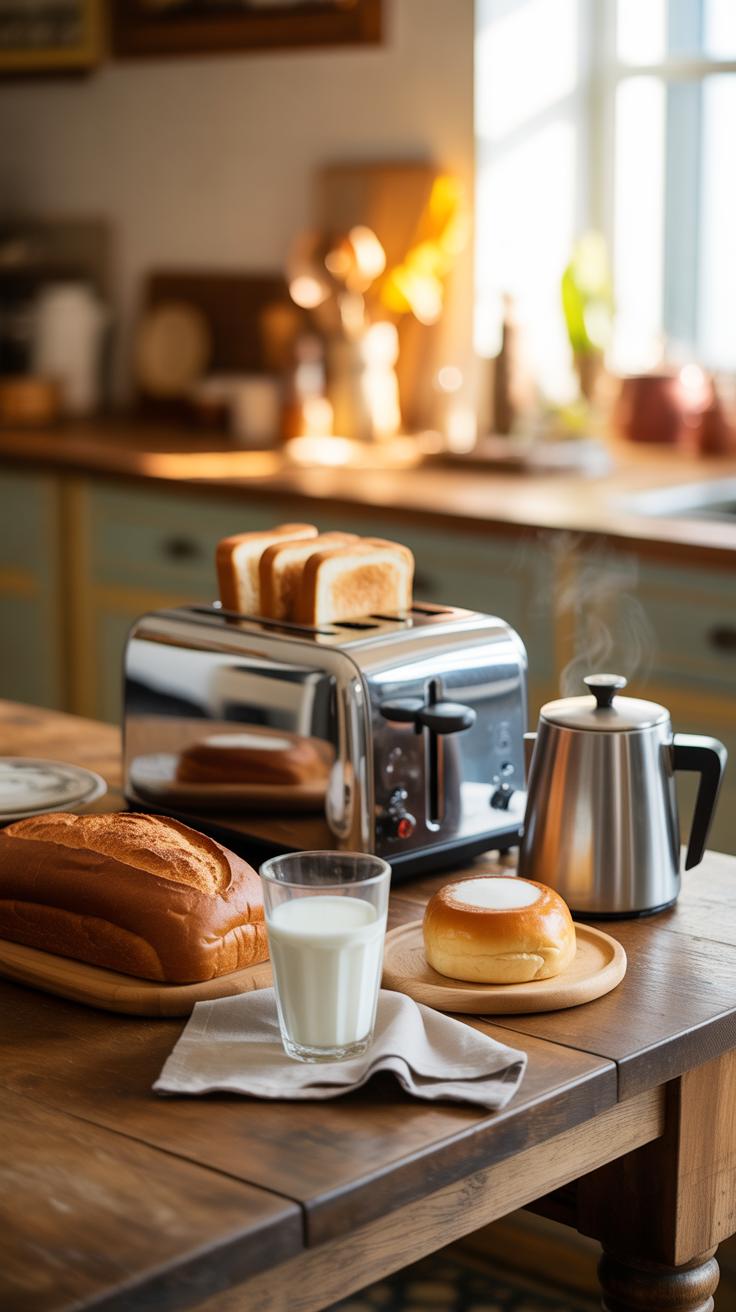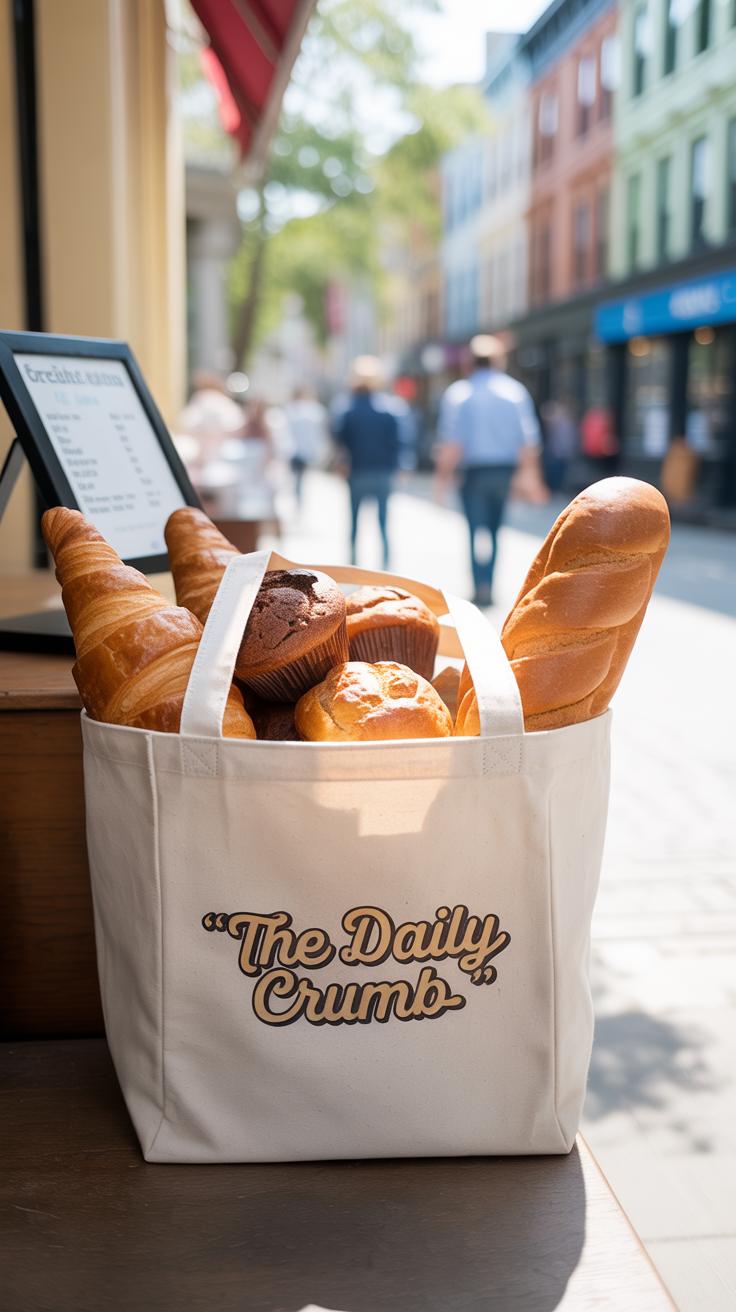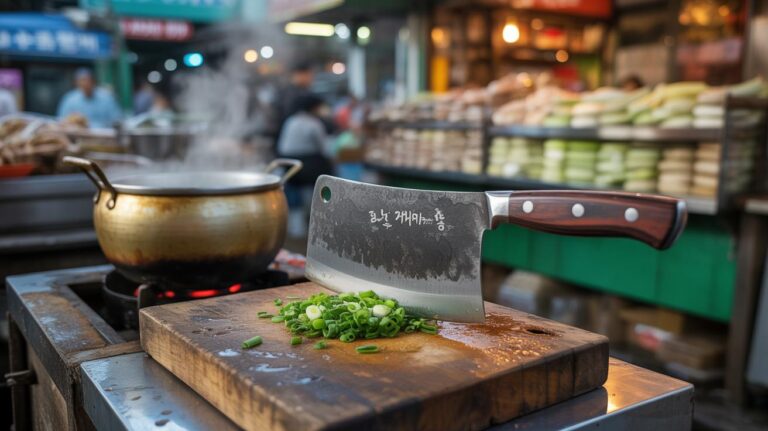Introduction
Boulangeries in Seoul are shifting their focus and creativity towards fresh and inviting flavors like cream buns and milk bread. These trends reveal a clever blend of traditional French baking techniques with local preferences that appeal to many people. If you are curious about new ways to enjoy baked goods, these trends are worth your attention.
In this article, you will discover how Seoul’s boulangeries are creating unique and tasty options that bring softness, sweetness, and joy. We will dive into what makes cream buns and milk bread special and how these options fit into the city’s bakery culture. Understanding these trends can inspire your own choices when you visit bakeries or try baking at home.
Understanding the Role of Boulangeries in Seoul
History of Baking in Seoul
Baking in Seoul didn’t just spring up overnight. It’s been shaped over decades, with waves of influence from Japan, Europe, and even America. In the early 20th century, during the Japanese occupation, Western-style bread made its tentative debut, but it was often limited to specialty bakeries and foreign enclaves. Post-war Seoul saw more widespread adoption, as people sought alternatives to traditional rice-based staples.
You might be surprised to learn how French and Japanese baking techniques became so intertwined with Korean tastes. The Japanese style, especially, introduced soft, airy breads that appealed to local preferences. Later, French boulangeries brought an emphasis on artisanal, crusty breads, which gradually won over a segment of Seoul’s food lovers.
So, baking here has this layered history. It’s not just about copying Western styles but adapting them, melding influences, and sometimes pushing boundaries in unexpected ways.
Why Boulangeries Matter Today
Walk into any neighborhood in Seoul, and you’ll spot boulangeries tucked between cafes and convenience stores. They’re part of daily routines for many—from grabbing a morning loaf to sharing sweet treats in the afternoon. Beyond bread, these places offer moments of pause in busy lives, where people linger, chat, or watch bakers at work.
Boulangeries also reflect changing tastes. Sure, classic baguettes and croissants are staples, but so are unique Korean twists on bread. This duality keeps the tradition alive while making it fresh. One might wonder—are these bakeries just food stops or little cultural hubs? For a lot of Seoulites, they’re both.
Interestingly, the rise of boulangeries has coincided with an increased interest in artisan, handmade foods. They respond to a desire for authenticity in a city that often feels fast-paced and mass-produced. And this might explain why they hold such a special place even as food trends shift.
What Are Cream Buns and Why Are They Popular
Defining Cream Buns and Their Popularity in Seoul
Cream buns are soft, sweet breads filled with a rich, usually custard-like cream. In Seoul, they’re more than just a snack; they’re comfort food that bridges traditional baking with modern cravings.
Why are they so popular here? I think it’s partly about nostalgia. Many people grew up enjoying these buns as an affordable treat—simple yet satisfying. They also fit perfectly into Seoul’s fast-paced lifestyle. You can grab one from a boulangerie or convenience store, and it feels like a little indulgence amid a busy day.
The combination of soft bread and smooth cream hits a sweet spot for many. It’s easy to imagine why this classic continues to attract people, despite the rise of trendier baked goods.
Ingredients and Preparation
The ingredients behind a cream bun sound basic but require careful balance. Typically, you’ll find:
- Flour, yeast, sugar, milk, and butter for the bread – simple but important for that soft, fluffy texture.
- A custard cream made from eggs, sugar, milk, and sometimes vanilla or a hint of salt to deepen flavor.
The process involves making a dough that is soft, then allowing it to rise gently. After shaping into buns and baking until golden, the cream filling is piped inside. Some bakeries refrigerate these to keep the cream stable, especially on warmer days. Timing is crucial—overbaking dries the bun out, but underbaking makes it dense.
Taste and Texture Appeal
What makes these buns linger in your mind? It’s the contrast between textures and flavors. The bread is tender but not overly sweet, which lets the cream shine without overwhelming your palate.
The cream itself is smooth, lightly sweetened, and often has a touch of eggy richness. This creates a gentle melt-in-your-mouth experience. You might find yourself wondering if it’s the softness of the dough or the silky filling that pulls you back.
Eating one feels familiar but never boring. There’s a comforting predictability while subtly inviting you to savor each bite. Perhaps that’s why people keep coming back to cream buns even as new bread trends emerge around Seoul.
Discovering Milk Bread and Its Unique Qualities
Softness and Sweetness in Milk Bread
Milk bread stands out for its unmistakable softness—almost pillowy, but not fragile. This texture comes from a mixture of milk, butter, and sometimes cream in the dough. Those ingredients add moisture and tenderness that you just don’t get with more rustic breads. Plus, milk’s natural sugars lend a subtle sweetness that feels balanced, not cloying. It’s almost like the bread itself invites you to bite in slowly, savoring each chew.
The technique bakers use to achieve this softness is quite specific. They often rely on a “tangzhong” or water roux method—a type of pre-cooked flour and water mixture—that traps moisture better than other doughs. This method keeps the interior fluffy for days. Tasting it fresh out of the oven is one thing, but even after a day, it hasn’t turned dense or stale like most breads do.
Comparison to Other Breads
When you compare milk bread to traditional European breads, the differences pop immediately. Take a classic French baguette: crusty outside, airy crumb inside, and a tangy bite from fermentation. Milk bread, by contrast, is gentle both in flavor and texture—almost neutral, but in a comforting way. It doesn’t boast complexity; instead, it offers familiarity.
If you’ve ever tried plain white sandwich bread, milk bread might feel a bit similar but better—less dry, more layered in taste. Unlike sourdough’s chewiness or rye’s earthiness, milk bread is more about softness and a light, slightly sweet flavor that works well with almost anything. Sometimes that neutrality feels like a blank canvas, perhaps why it pairs so well with sweet and savory fillings alike.
Have you noticed how milk bread often disappears fast in Seoul’s boulangeries? Maybe it’s because it hits a comforting middle ground—not too fancy, yet far from ordinary. It’s easy to see why it’s become a quiet favorite among bread lovers here.
The Influence of French Baking Techniques
Classic Techniques Adapted
French baking methods shape Seoul’s boulangeries in ways you might not first notice. Take the dough fermentation process, for example. The slow, controlled fermentation used in French baguette making has been adapted to create milk bread with its tender, soft crumb. Korean bakers often adjust the proofing times to balance softness with structure, a tricky line to walk. Then there’s lamination, the method behind flaky croissants, which is sometimes tweaked for cream buns to get that delicate, layered texture but without losing moisture.
French bakers’ attention to temperature during mixing and baking influences Seoul kitchens a lot too. Some bakeries even use steam injections during baking, a French concept, to develop that shiny crust you find on specialty breads here, though not as hard as a baguette crust. It feels like they’re picking and choosing techniques to best fit local tastes—neither fully strict nor careless, somewhere in between.
Bringing Local Flavors In
French techniques don’t exist in a vacuum here. They merge with local ingredients, sometimes in subtle ways. Instead of the classic French butter, some Seoul bakeries use Korean dairy or even soybean paste in their dough, adjusting flavors to match local palates. The cream in cream buns often carries a hint of sweetness that’s less common in France, tailored for Korean cravings.
You might notice something like sweet red bean paste or green tea powders integrated via French methods—think of those as enhancements rather than replacements. This blending respects tradition but brings it closer to daily experiences in Seoul. The classic French dough might be enriched with rice flour or milk powder to soften the crust or tweak the crumb texture, something not typically French but quite popular here.
Seen this way, the French influence is more of a starting point than a rulebook. It’s less about replicating France exactly and more about crafting something that feels fresh yet familiar. It does make you wonder—how much of tradition needs reshaping before it becomes something uniquely local?
Bakery Designs and Presentation Trends in Seoul
The way cream buns and milk bread are presented in Seoul boulangeries can really catch your eye—and sometimes, it feels like their appearance is half the experience. Cream buns often sit neatly lined up, their shiny, golden tops sometimes dusted lightly with powdered sugar or adorned with a small swirl of whipped cream. You might notice that some shops add subtle toppings like toasted almonds or a tiny chocolate drizzle, inviting you to peek closer.
Milk bread, on the other hand, tends to be showcased with an inviting softness. You’ll see it arranged in wooden baskets or wrapped gently to highlight the bread’s pillowy texture. The surface is often brushed with a thin glaze that gives a faint shine without seeming overly processed. It’s this balance that pulls you in—the bread looks fresh, almost like it’s still warm, even hours after baking.
Visual Appeal of Baked Goods
Design matters. In Seoul, even small details can make a difference. Here are some elements that boulangeries focus on:
- Color contrast: Cream buns often have light, creamy centers and golden crusts that pop against minimalist displays.
- Shape and symmetry: Perfectly rounded cream buns and neatly sliced milk bread create a sense of care.
- Natural imperfections: Slight unevenness in crumb or glaze can make products appear hand-crafted rather than factory-made.
- Simple garnishing: Things like a few sesame seeds or a dusting with cinnamon add subtle visual interest without clutter.
Sometimes, I find myself leaning in just to appreciate how a single brushstroke of glaze highlights the soft curves on a milk bread loaf—a small thing but effective. It’s like the baker’s pride is on display in every detail.
Packaging and Takeaway
Packaging in Seoul boulangeries goes beyond mere convenience. It becomes part of the product’s appeal. Transparent boxes or windows in paper bags let customers see the product easily, reassuring them of freshness. Lightweight, breathable materials prevent sogginess, which can spoil the delicate textures of both cream buns and milk bread.
Some shops use minimalistic wraps with subtle branding—cool, simple logos printed on wax paper, for example. This avoids overpowering the visual charm of the baked goods inside. Plus, they often pack cream buns individually, which keeps the creamy filling intact and prevents squashing.
Have you noticed how some bakeries provide separate little containers for sauces or creams? That attention to keeping things fresh after purchase—well, it might seem excessive but often makes the difference between a good experience and a frustrating one. Packaging here isn’t just about looking good on shelves, but also protecting the delicate textures until you’ve had your first bite.
Consumer Preferences and How They Shape Bakery Offerings
What do people in Seoul really want when they step into a boulangerie? It’s a mix, and not always straightforward. Some customers favor indulgence—a rich cream bun, dense with custard or whipped cream. Others lean toward simplicity and lightness, often choosing milk bread for its soft, almost pillow-like texture. This variety pushes bakeries to diversify their menus in ways that sometimes surprise even the bakers themselves.
Looking closer, several factors shape these preferences:
- Health considerations. With growing interest in wellness, many buyers watch calories and ingredients. So, reduced-sugar or lower-fat versions of cream buns are appearing, while some milk breads get enriched with whole grains or natural sweeteners. Still, the craving for treat-like textures doesn’t disappear—it’s just balanced against concerns for digestion and energy.
- Flavor and texture. Taste is personal, but in Seoul, contrast seems key. People often want that crisp outer crust with a soft inside, or a creamy filling with a subtly sweet bread. Bakers respond by layering textures. A cream bun’s smooth center might be paired with a light dusting of powdered sugar or a slightly firm shell. Meanwhile, milk bread’s iconic fluffiness satisfies those who prefer a gentle melt-in-the-mouth feel.
And here’s something to think about: the very same customer might oscillate between choices. You might crave the richness of a cream bun one day, then a light milk bread the next. Bakers call this balancing act tricky, but it’s also what keeps their offerings fresh—menu choices reflect shifting tastes, not just one fixed demand.
Seasonal and Limited Edition Bakery Items
Seasonal ingredients shape the character of Seoul’s boulangerie scene in subtle but meaningful ways. Take cream buns, for example. In spring, you might find them filled with fresh strawberries or cherry blossom cream. Come autumn, chestnut or pumpkin flavors appear, bringing a warm, comforting twist to these soft, sweet treats. Milk bread often follows suit, with subtle variations like yuzu zest or sweet potato blended into the dough depending on the season.
These seasonal flavors don’t just offer variety. They create a sense of time and place that often makes customers stop and take notice. You probably feel it yourself—the anticipation of a flavor only around for a few weeks can make a visit to the bakery feel more special, more urgent in a way.
Limited edition products work in a similar way but also serve as a clever business tactic. Bakeries tend to release special cream buns or loaves in small batches, making them scarce and, thus, more desirable. People will queue or return more frequently, just on the chance of catching something new or rare. That loyalty hard to build can feel quite fragile, so these short runs help refresh excitement without overwhelming regular offerings.
What’s interesting is how some limited editions become unexpected crowd-pleasers. A seasonal fig jam cream bun might only be on shelves briefly, but it sometimes sneaks into a near-permanent spot due to popular demand. This creates a dynamic where customer feedback can actually steer what sticks around beyond the season.
Still, there’s always a question lingering: Does the constant cycle of limited editions risk tiring out customers? Or does it push them towards always hunting, always curious enough to keep coming back? In Seoul’s bakery culture, it seems to lean toward curiosity, at least for now.
The Future of Boulangerie Trends in Seoul
Looking ahead, Seoul’s boulangeries might surprise us with flavors and styles that are currently just whispers. Imagine more fusion breads combining traditional French techniques with Korean ingredients—think chestnut and green tea or yuzu-infused brioche. Some bakeries could experiment further with richer, creamier fillings that nod to local palettes without losing that classic boulangerie feel.
Texture might also take center stage. Softer, cloud-like breads could gain popularity, alongside rustic loaves with strong, sourdough tangs. But maybe Seoul’s bakers will go in an unexpected direction too—like introducing spiced or smoky elements, which isn’t common now but would fit with growing adventurous tastes.
Technology’s role seems poised to grow. We already see smart ovens and precise proofing devices, but what about AI-assisted recipe tweaks based on daily demand or ingredients? Apps might let you customize dough firmness or cream sweetness before you even step inside a bakery. Or, perhaps, virtual bakery tours or augmented reality menus could change how customers choose their treats, blending online and in-store shopping more closely than before.
Still, there’s a balance to strike. While tech can refine and personalize, it can’t replace the human touch in shaping dough or judging that perfect bake. Seoul’s boulangeries will probably explore this line—using tech where it helps but keeping traditions alive in the craft. It feels like an evolving conversation between old methods and new possibilities. What will you be willing to try tomorrow? That might shape the next big trend.
How to Enjoy Seouls Boulangerie Trends at Home
Simple Recipes to Try
You don’t need a fancy kitchen to enjoy Seoul’s popular cream buns and milk bread. Making cream buns at home can be surprisingly straightforward. Start with a basic sweet dough—flour, sugar, yeast, butter, and eggs—then fill it with a lightly sweetened whipped cream or custard. If you’re short on time, pre-made custard from a store can work, too.
Milk bread, known for its soft, pillowy texture, relies heavily on a milk-based tangzhong starter. The tangzhong—a mix of flour and water cooked into a paste—keeps the bread moist longer. You can find plenty of simple recipes online that guide you step-by-step.
Try baking smaller batches first; you might be surprised how quickly you develop a feel for the dough. Sometimes I wonder if the key is just sticking with it, even if the first tries aren’t perfect. Maybe the charm is in the imperfection.
Where to Find Ingredients
Seoul’s local markets and supermarkets usually carry everything you need. For good bread flour, visit large stores like Lotte Mart or Emart. They often stock high-protein wheat flour ideal for that chewy, airy crumb.
Fresh cream and quality butter—critical for cream buns—are plentiful at local grocers or even specialty dairy shops in Seoul. If you’re seeking unusual things like Japanese milk powder for richer milk bread, stores in Itaewon or online Korean marketplaces can surprise you.
Maybe it’s worth exploring artisan bakeries not just for inspiration but to ask bakers where they source their ingredients. Sometimes the best finds come from a simple conversation.
Supporting Seouls Local Bakeries
When you choose a local boulangerie in Seoul, you’re doing more than just buying bread. You’re helping keep a small business alive—one that’s often run by people passionate about their craft. These bakeries don’t just sell pastries; they shape neighborhood life. It’s easy to overlook, but think about the friendly greetings you get there, the familiar faces, the quiet moments of connection between customers and bakers. That’s something bigger than just a transaction.
Local boulangeries also guard traditions that big chains rarely maintain. The skills needed to create authentic milk bread or perfect cream buns take time to develop and hands-on practice. These bakeries hold onto methods passed down through years, even generations. When you support them, you support keeping those traditions alive and the quality high, rather than losing subtle flavors and textures to mass production shortcuts.
So, what happens when you pick a neighborhood bakery over a supermarket? You help sustain a community hub. You reinforce the value of artisanal skill. Maybe you feel it when you bite into a loaf crafted with care, or notice the difference in freshness. Or maybe you appreciate the quiet pride in a baker’s eyes. It’s a small choice, but it ripples outward, in ways that aren’t always obvious immediately.
Conclusions
Seoul’s boulangerie scene shows how powerful new ideas can be when they respect tradition. Cream buns and milk bread offer textures and tastes that invite you to enjoy bread in both classic and modern ways. They reflect how baking can change and adapt to what people want but still keep a strong link to skilled craft.
Trying these bakery favorites gives you a chance to taste Seoul’s unique take on French-style baking. Whether you like soft, sweet, or simply well-made bread, these trends show how food connects with community and creativity. Your next bakery visit might be a chance to explore your personal favorites in this exciting mix.

